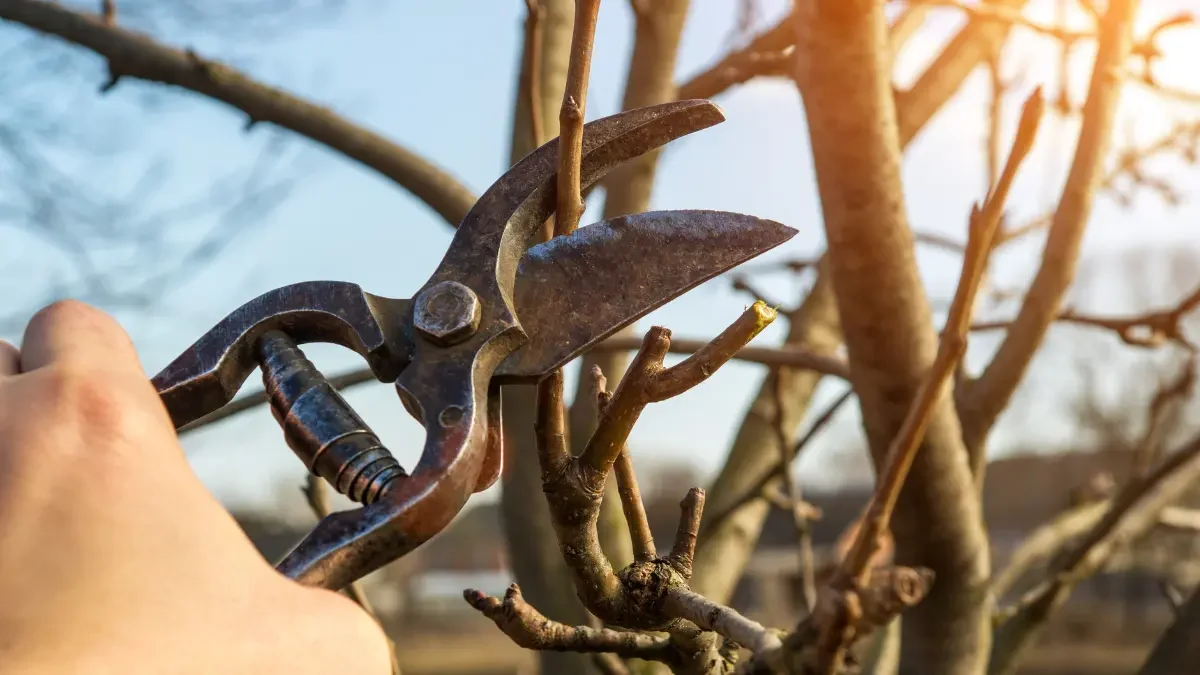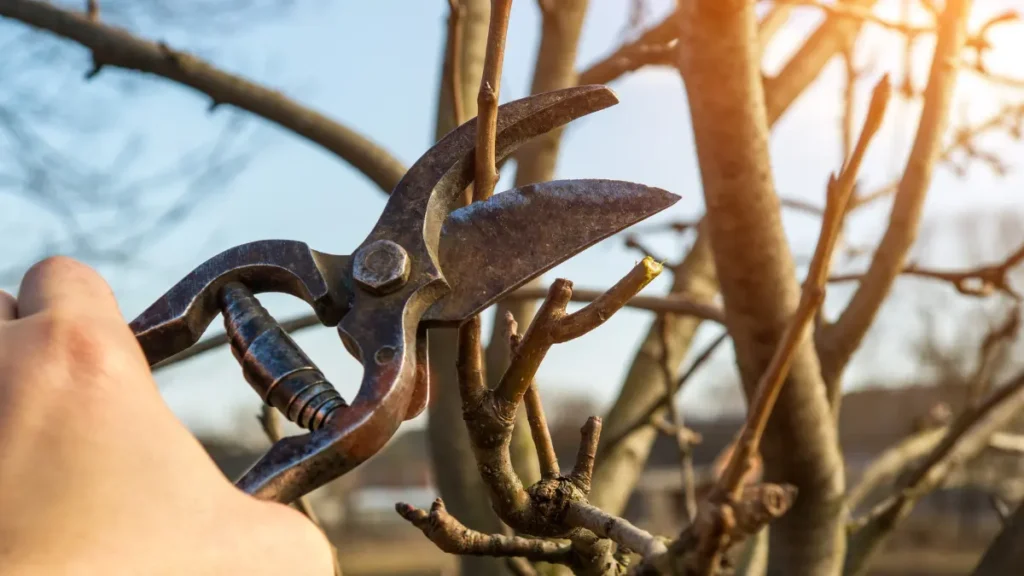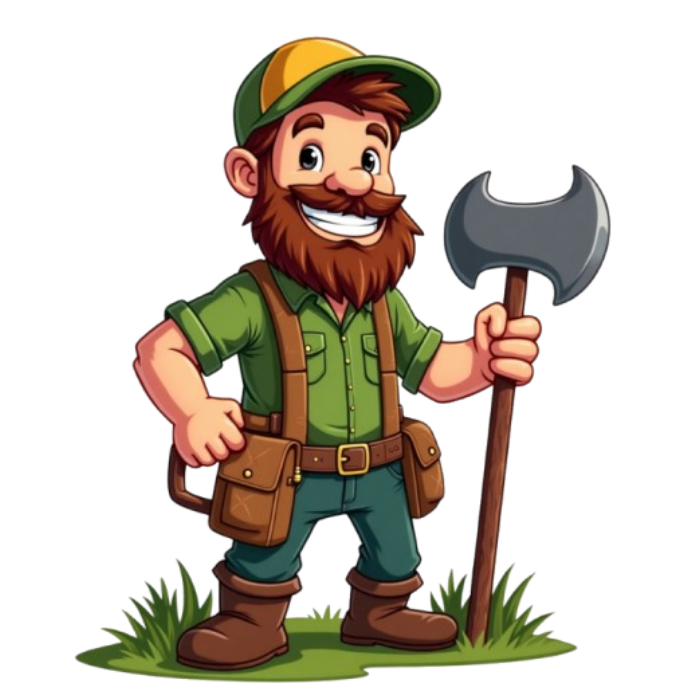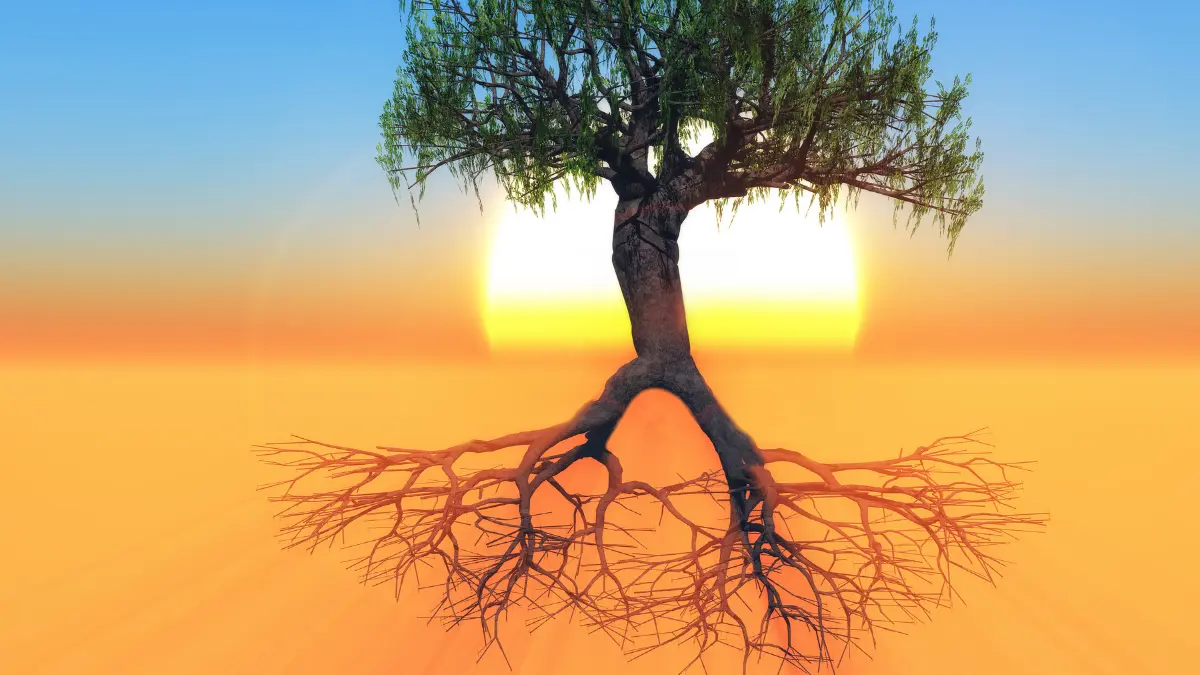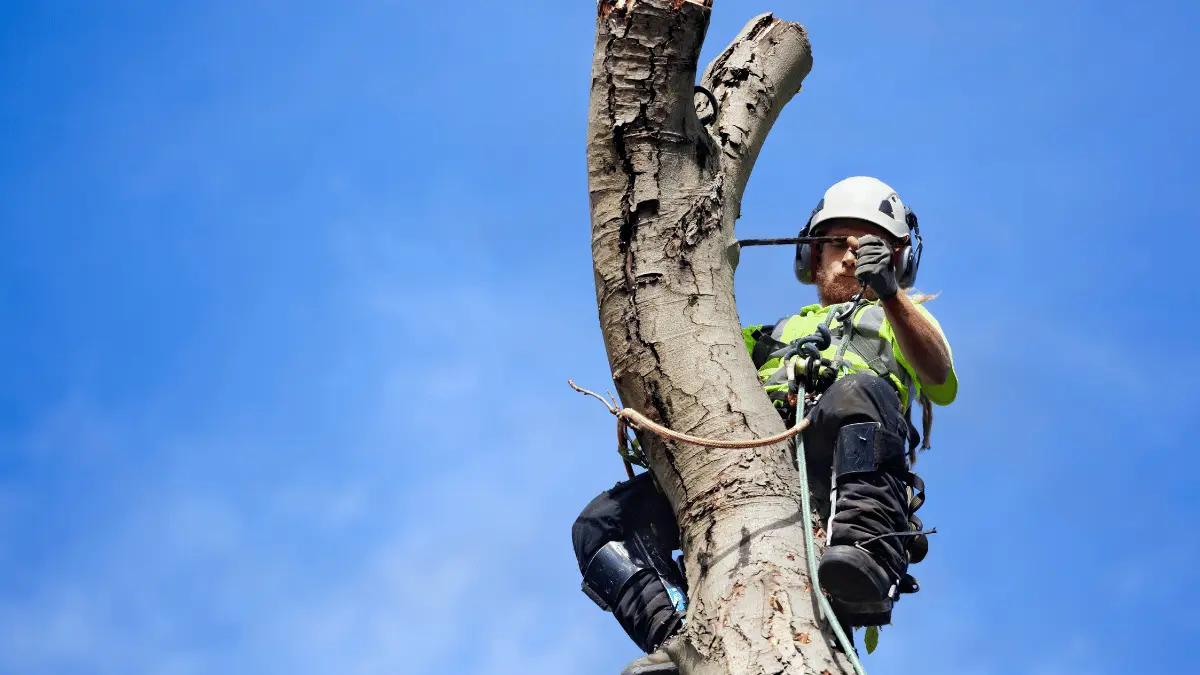Westfield’s scenic lakefront neighborhoods are home to a variety of trees that add beauty, shade, and natural character to the area. But with the added exposure to lake winds, moisture, and unpredictable weather, lakefront tree care in Westfield requires extra attention. Whether you’re a homeowner, property manager, or part of a local municipality, understanding and implementing the right tree pruning practices in Westfield can help ensure your trees thrive year-round.In this guide, we’ll break down everything you need to know about tree pruning in Westfield, NY, including when to prune, how to manage wind-exposed trees, and why partnering with a professional matters.
Why Tree Pruning Matters for Lakefront Trees in Westfield

Trees growing near the lakefront in Westfield face unique environmental challenges that can impact their health and stability. Strong, consistent winds coming off the lake can stress branches and cause breakage if trees aren’t properly pruned.
The higher humidity levels in these areas create a moist environment that may encourage fungal growth and disease. In some spots, salt spray from the lake can damage foliage and hinder nutrient absorption.
Additionally, soil erosion and root exposure are common issues along the shoreline, weakening a tree’s foundation and increasing its susceptibility to falling during storms. These conditions make lakefront tree maintenance in Westfield particularly important for the long-term health and safety of trees.
These factors make trees more prone to branch breakage, structural stress, and diseases. Tree pruning in Westfield, NY, isn’t just about appearance; it’s a critical component of tree health. Removing weak, dead, or overcrowded limbs can:
- Improve air circulation and sunlight penetration
- Enhance structural stability
- Reduce the risk of storm-related damage
- Prevent the spread of pests and disease
- Improve tree resilience
- Promote longer-lasting, healthier growth
- Maintain safety around your home or property
Best Time to Prune Trees in Westfield, NY
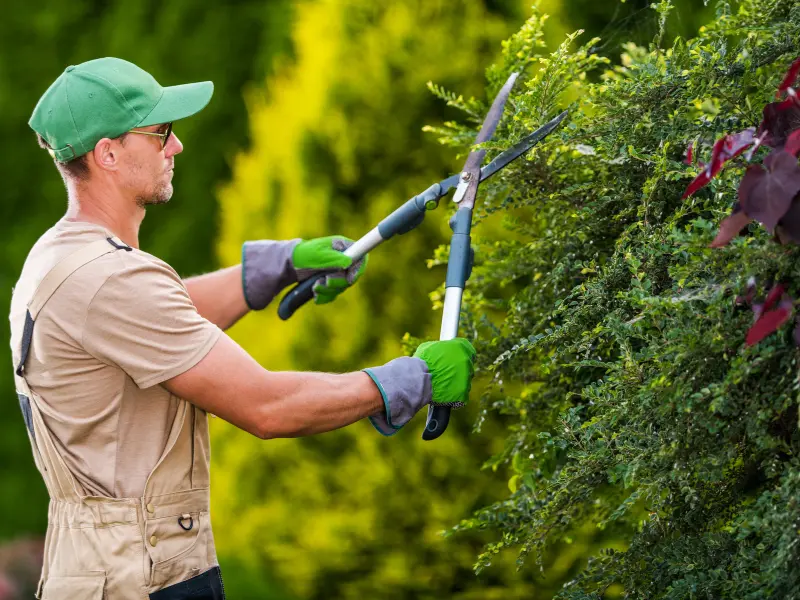
Timing is key. The best time to prune trees in Westfield, NY, generally depends on the species. However, here are some general guidelines: Seasonal pruning in Westfield ensures that trees are not only visually appealing but also structurally sound and healthy throughout the year.
Season | Ideal Pruning Activities |
Late Winter | Structural shaping, deadwood removal, and disease prevention |
Early Spring | Prune flowering trees right after blooming |
Summer | Light maintenance and corrective trimming |
Fall | Avoid major pruning, as it can leave trees vulnerable to cold stress |
How to Trim Wind-Exposed Trees in Westfield

Wind can be brutal, especially along the lake. That’s why tree trimming in Westfield should focus on:
- Thinning the canopy reduces wind resistance.
- Remove V-shaped or poorly attached branches.
- Balance the crown to reduce tipping risk.
Tree pruning services for Westfield properties
Here’s a handy tree pruning checklist to ensure every cut counts:
- Inspect for dead, damaged, or diseased branches
- Look for crossing or rubbing branches
- Prioritize branches that block light or airflow
- Maintain proper clearance from structures or pathways
Don’t over-prune
Rural and Lakefront Tree Care: Key Differences
While rural and lakefront properties may seem similar, rural tree care in Westfield typically deals with agricultural or wooded areas, whereas lakefront trees contend with higher wind and moisture. Each requires a unique strategy:
Aspect | Lakefront Tree Care | Lakefront Tree Care |
Environment | Dense vegetation, limited exposure | Open, windy, and moist |
Common Challenges | Pests, overgrowth | Wind damage, salt exposure, and root erosion |
Pruning Objective | Promote yield, clear pathways | Strengthen structure, minimize wind resistance |
Seasonal tree trimming & pruning guide for Westfield, NY
Crown Density Reduction
One of the most effective techniques for improving airflow and reducing storm damage is reducing crown density. This method involves selectively removing smaller branches from the inner canopy to minimize wind resistance while preserving the tree’s natural shape.
On Westfield’s lakefront, where strong winds are common, dense crowns can act like sails and increase the risk of limb breakage. By thinning out the crown, we help trees withstand windy conditions, reduce shading on lawns or gardens, and improve overall structural balance. Also boosts sunlight and air circulation for better tree health.
Dead Wooding
Dead or dying branches not only look unsightly, but they also pose serious safety risks. Deadwooding is the process of removing these lifeless limbs before they break off and damage your property or harm someone below.
Trees along Westfield’s lakefront often deal with higher humidity and salt spray, which can accelerate branch decay. Regular dead wood removal ensures your tree stays healthy and secure while preventing unnecessary hazards by reducing the risk of falling limbs. Plus, it directs energy to the living parts of the tree, supporting stronger growth. Promotes healthy new growth and prevents pest infestations
Trimming & Corrective Pruning
Trees don’t always grow the way we expect, especially when influenced by storms, shade competition, or poor planting practices. Corrective branch trimming and pruning are solutions to reshape the tree by removing crossing, rubbing, or poorly attached branches and redirecting growth for a stronger, more stable structure.
This method is especially valuable for young trees or those recovering from storm damage. It helps ensure long-term strength and aesthetic appeal, which is crucial for maintaining curb appeal and preventing structural failure. It improves the shape and balance of the tree, encourages strong branch attachment, and reduces the risk of future damage.
Cabling and Bracing
In some cases, pruning isn’t enough to fix structural weaknesses, particularly in large, mature trees. That’s where cabling and bracing come in. This technique involves installing flexible steel cables or rigid rods between major limbs or along a weakened trunk to provide extra support.
If you have a beloved old oak or maple near the lake that’s starting to lean or split, this method can preserve the tree safely without resorting to removal. It’s a smart solution for extending the life of high-value trees while protecting surrounding property. This will support weak limbs without invasive removal and preserve mature or sentimental trees safely.
The Role of Certified Arborists in Tree Pruning

DIY pruning might seem cost-effective, but improper cuts can do more harm than good. A certified expert in arborist pruning in Westfield understands:
- Tree biology and structural integrity
- Correct pruning techniques
- Disease identification and mitigation
- Safety protocols for high-risk trimming
At KD Tree Services, our team uses advanced tools and industry-standard practices to deliver safe and effective tree care services in Westfield.
Why Pruning Improves Tree Health in Westfield
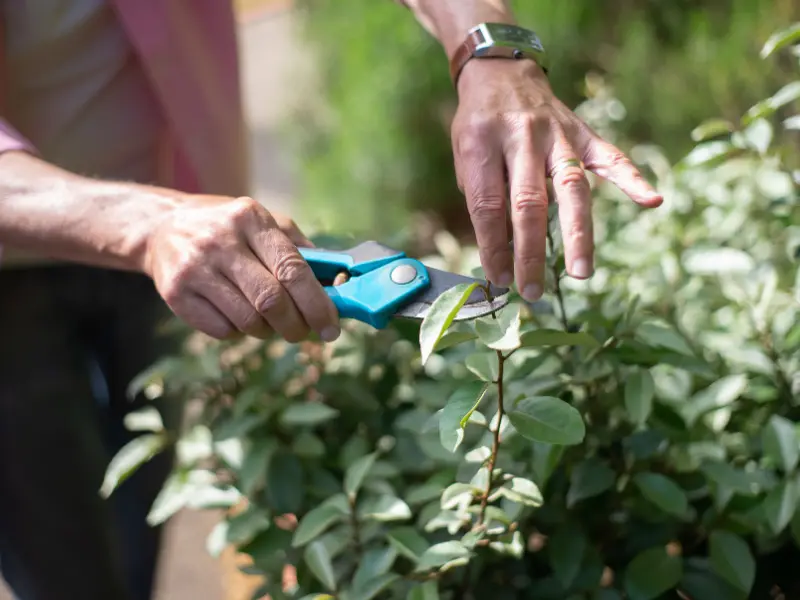
Pruning isn’t just cosmetic. It’s about longevity and safety. Proper tree health pruning in Westfield:
- Reduces the spread of fungal infections
- Increases photosynthesis through better light exposure
- Encourages strong, upright growth
- Minimizes storm damage risk
Refer to our guide on pruning trees in forested areas to learn more about how pruning supports long-term growth, especially in diverse environments.
Professional Tree Pruning Services for Westfield Properties
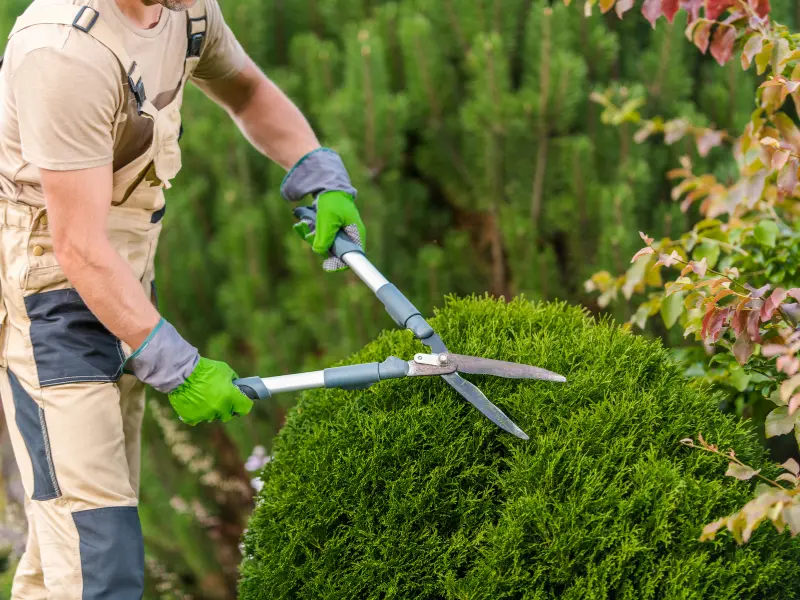
When it comes to tree maintenance services for Westfield properties, we offer a full spectrum of solutions:
- Safe tree trimming in Westfield for storm-prone areas
- Seasonal pruning in Westfield is aligned with local climate cycles
- Customized plans for lakefront tree maintenance
- 24/7 emergency pruning for storm damage
Our team is experienced in delivering top-quality tree maintenance in Westfield, whether you own a waterfront home or manage public lands.
Why Choose KD Tree Services for Lakefront Tree Care in Westfield
We know Westfield. From the winds that whip off the lake to the unique soil conditions, our local knowledge sets us apart. Here’s why homeowners and businesses trust us:
- Certified arborists with extensive local experience
- Advanced tools for efficient, damage-free pruning
- Fully insured services for peace of mind
- Responsive, friendly customer service
You can count on us for reliable, affordable, and professional tree care services in Westfield tailored to your needs.
Ready to Prune? Call the Local Experts
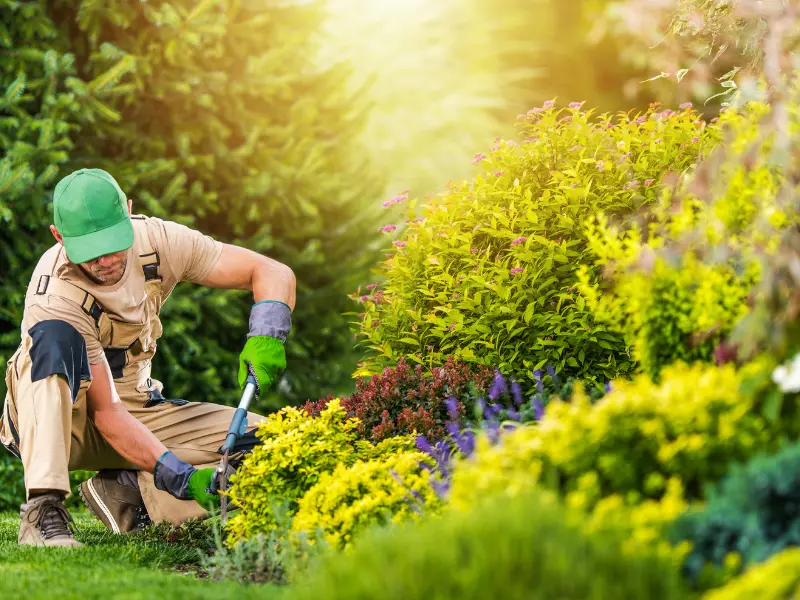
Maintaining healthy, beautiful trees on your lakefront property starts with proper pruning. Don’t wait for the next storm to expose weaknesses; let KD Tree Services help today!
Visit us at kdtreeservices.com or call(518) 625-TREE for expert tree pruning in Westfield, NY.
Learn more about responsible pruning practices from the USDA Forest Service.
FAQ
Q1: What is the best time to prune trees in Westfield, NY?
Late winter and early spring are ideal for most trees. Pruning during dormancy reduces stress and encourages healthy growth in spring.
Q2: How do I know if my lakefront tree needs pruning?
Look for dead, broken, or crossing branches. Also, check for uneven weight distribution or signs of disease.
Q3: Is professional pruning worth the cost?
Absolutely. Certified arborists ensure your trees are pruned safely and correctly, improving tree health and reducing long-term risks.
Q4: How often should lakefront trees be pruned?
Typically, every 2–3 years, but high-wind exposure or fast-growing species may require annual checks.
Q5: Can pruning help prevent storm damage?
Yes! By removing weak branches and reducing wind resistance, pruning helps trees withstand storms more effectively.



